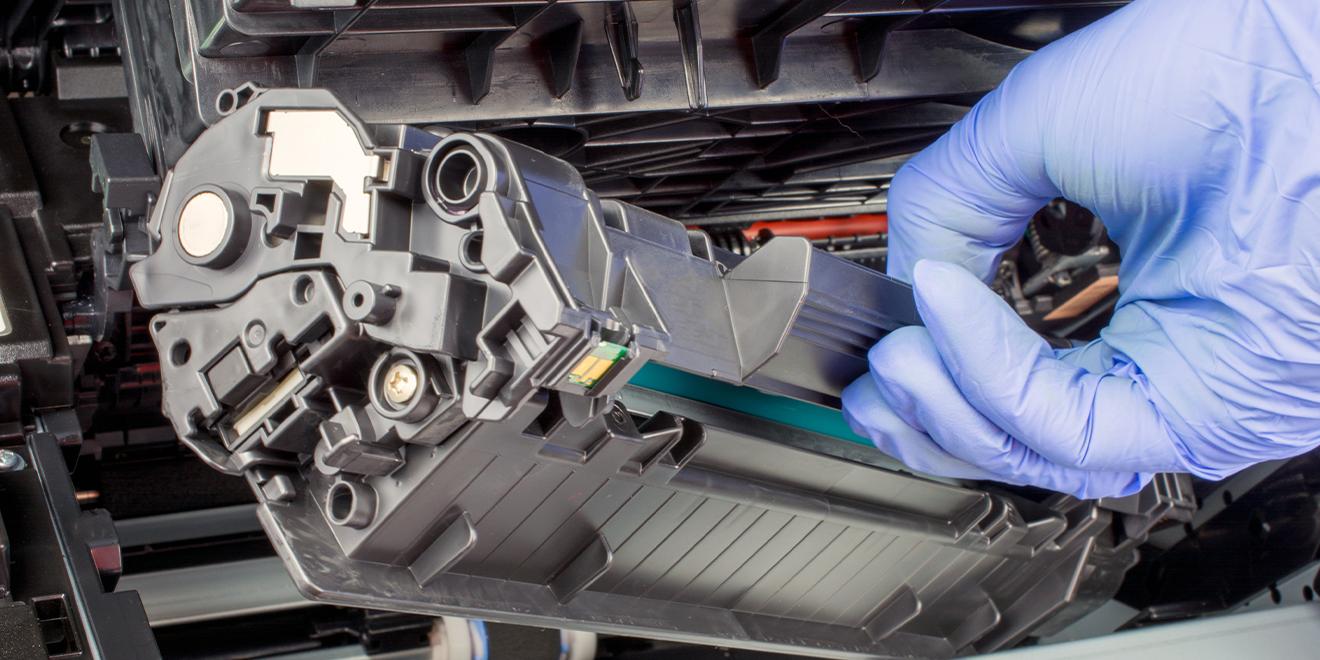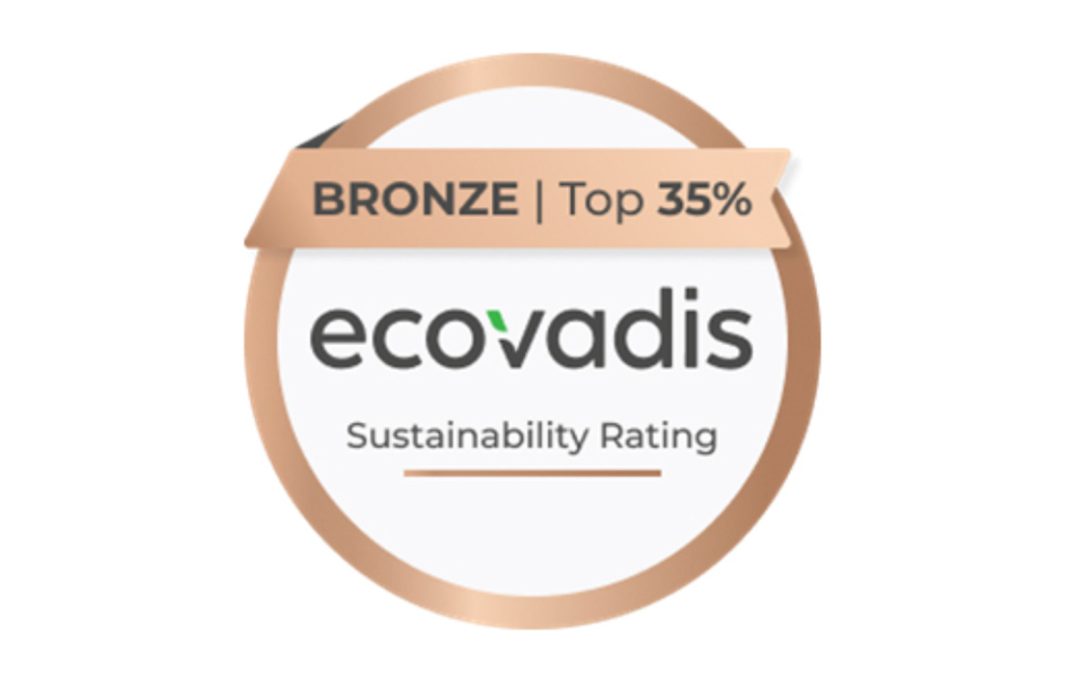EU drafts regulation to promote reuse and extend the lifespan of printers and cartridges, aiming to reduce electronic waste.
 The European Commission has unveiled draft ecodesign requirements for printers and cartridges to promote reuse and extend the lifespan of printer consumables and hardware. The draft regulation, seen by the Recycler, proposed under Directive 2009/125/EC, is currently open for consultation and, if adopted, will come into force 20 days after its publication in the Official Journal of the European Union, with full application starting 18 months after that.
The European Commission has unveiled draft ecodesign requirements for printers and cartridges to promote reuse and extend the lifespan of printer consumables and hardware. The draft regulation, seen by the Recycler, proposed under Directive 2009/125/EC, is currently open for consultation and, if adopted, will come into force 20 days after its publication in the Official Journal of the European Union, with full application starting 18 months after that.
The draft regulation sets out rigorous criteria for the placing on the market of printers and cartridges, including mandates for the availability of spare parts, design for repair and reuse, and the provision of software and firmware updates. These measures are intended to reduce electronic waste and enhance the durability and efficiency of printing devices.
Extensive lobbying by ETIRA
This regulatory proposal is the culmination of extensive lobbying efforts by the European Toner and Inkjet Remanufacturers Association (ETIRA). For years, ETIRA has championed the cause of remanufacturing and the reuse of printer consumables, advocating for policies that support sustainable practices in the printing industry.
Javier Martinez, President of ETIRA, expressed his support for the draft regulation: “This is a monumental step for the environment and for businesses that have long advocated for more sustainable printing solutions. The proposed rules will ensure that remanufacturing of cartridges is a priority and remanufactured products can compete on a level playing field with new consumables with as much quality or even more. ”
Volker Kappius, CEO of Delacamp and spokesman of the DKWU network, told The Recycler: “The current draft of the Ecodesign regulation for imaging office equipment seems to be a complete success for the environment and for users’ freedom of choice. Remanufacturing (refurbishment/preparation for reuse) will not only become acceptable but a central component of the IE industry.
“The most important point is Article 6: Circumvention, software, and firmware updates. It is clearly required that for all devices, whether sold or otherwise put into service in the EU, including all devices for PaaS, subscription models, etc., a firmware update must not restrict the quality or functionality of a refurbished cartridge in any way.”
Kappius also expressed concern on two points. Firstly, OEMs may charge excessive fees for using remanufacturing information that remanufacturers have built themselves over the past 30 years is not justified. Secondly, high costs for chip resets and effectively hinder or even prevent the competitiveness and marketability of remanufacturers!
Key features of the draft regulation
The draft regulation introduces several key provisions that are expected to revolutionise the printer market. Among these, the availability of spare parts stands out. Manufacturers would be required to make essential components such as print heads, paper feed rollers, and control circuit boards available to professional repairers and end users. This provision, effective one month after a product’s market entry, ensures that printers can be maintained and repaired over a longer period, significantly extending their operational life.
Additionally, the draft regulation mandates that printers include a function to reset to factory settings and provide easy access to information on the total number of pages printed. These features will help users manage and maintain their devices more effectively, contributing to longer product lifespans.
The ecodesign requirements also address the energy efficiency of printers. By limiting power consumption in off, standby, and networked standby modes, the regulation aims to reduce the environmental footprint of these devices. Printers will also need to have duplex functionality, encouraging more efficient use of paper.
Minimum requirements
The draft regulation specifies several minimum requirements for printer cartridges, ensuring durability and reusability:
Cartridge page yield: From the date of application, inkjet cartridges must comply with minimum page yield requirements corresponding to the printing speed of compatible printers. For example, inkjet cartridges for printers with speeds of 0-15 images per minute (ipm) must yield at least 200 pages initially, increasing to 288 pages over three years. Laser cartridges have similar requirements, starting at 1,500 pages for lower speeds and reaching 14,400 pages for higher speeds over the same period.
Design for remanufacturing: Cartridges must be designed so that the chip is easily accessible for replacement or resetting without permanent damage. This design also applies to the outer cartridge casing, print head, and other critical components.
Availability of remanufacturing information: Manufacturers must provide professional remanufacturers access to detailed remanufacturing information for seven years after a product’s market entry. This includes disassembly maps, lists of necessary tools, and instructions for software and firmware resets.
Challenges Ahead
While the draft regulation represents a significant step forward, it also poses challenges for manufacturers who must adapt their designs and processes to meet the new standards. However, the long-term benefits, including reduced waste and lower environmental impact, are expected to outweigh these initial hurdles.
Industry reactions and looking forward
“The draft regulation has already garnered attention from industry stakeholders,” said David Connett, a partner at Connett & Unland GbR, a consultancy firm specialising in the office imaging market. Commenting further, he added: “The proposed legislation could see the reuse of consumables and hardware more than double in the first ten years of the legislation being introduced. This is a game-changer for the industry and the environment.”
Peter Mayhew, Principal Analyst at Keypoint Intelligence, commented: “It should not be a surprise to anyone that once the European Council approved new Ecodesign Regulations that a draft of the specific regulation for the Imaging Equipment Industry would quickly follow.” Mayhew added, “The content of a draft of Regulation from the Commission will need to be very carefully considered by all industry stakeholders.”
As the consultation process progresses, stakeholders from various sectors have the opportunity to provide feedback to help shape the final regulation.
The regulation will come into force 20 days after its publication in the Official Journal of the European Union, with full application starting 18 months thereafter.
The Commission has committed to reviewing the regulation in light of technological progress eight years after it enters into force, ensuring that it stays relevant and effective.























